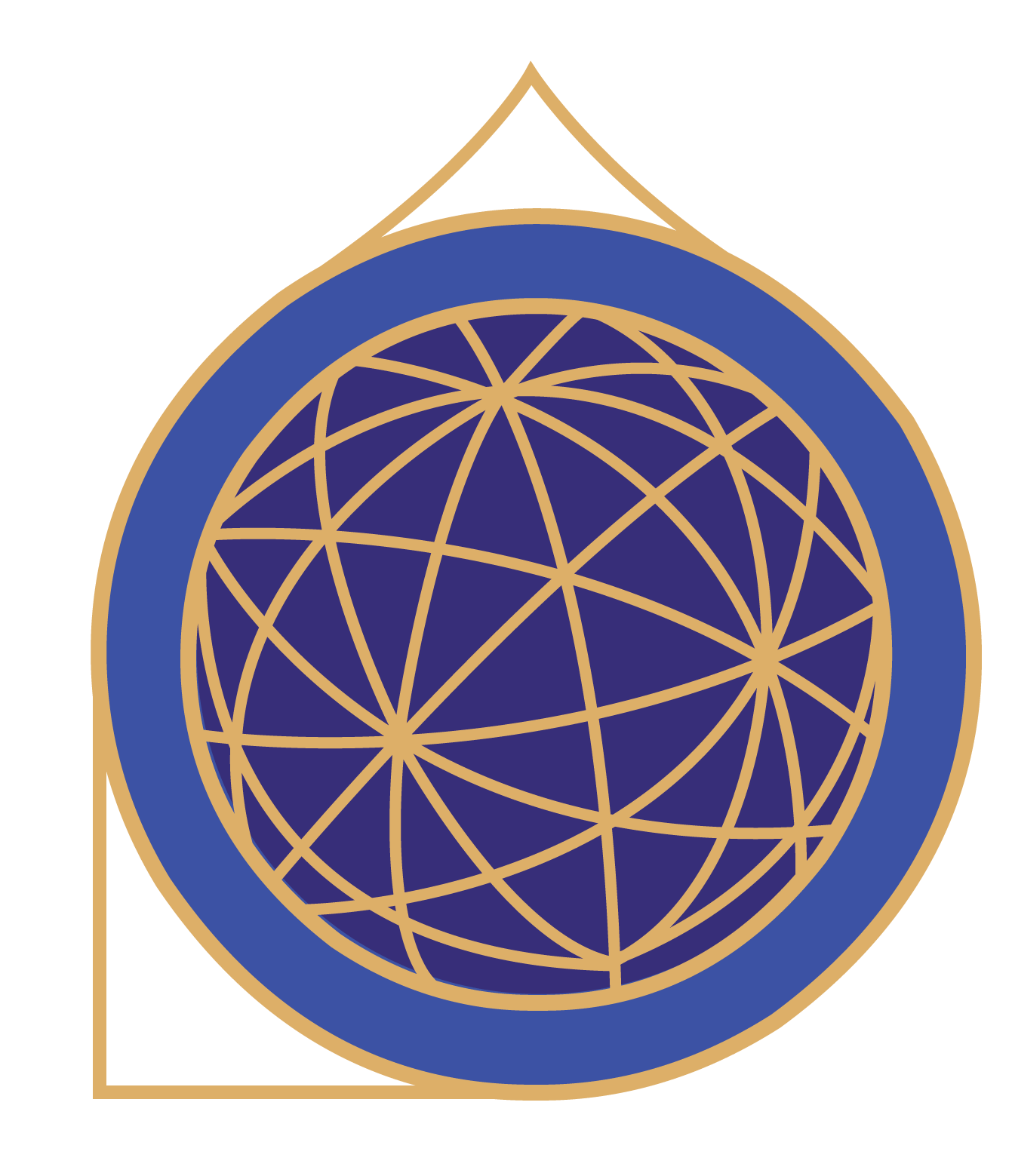Avevamo notato che le due Aquile formano la base di un noto asterismo, il “Triangolo estivo”, la cui base rimanda a un vertice invisibile, collocato all’esterno dell’arcone e più in alto. Si tratta di Deneb, la stella più luminosa della costellazione Cigno, detta anche, per la sua forma, la Croce del Nord.
Suggerita dalle figure delle due Aquile, e proiettata idealmente sulla facciata di San Marco, la costellazione Cigno darebbe una suggestiva indicazione: la piccola bianca stella Albireo, situata nella testa, cadrebbe nel punto in cui avrebbe potuto trovarsi un tempo il Gesù Bambino nel presepe scultoreo che adornava la sommità del portale; mentre la grande stella arancione Deneb (α Cygni), sarebbe andata a trovarsi più in alto, in un Christus Triumphans che avrebbe potuto essere il soggetto del mosaico (oggi non più esistente) al di sopra del portale.
La Croce del Nord che sembra proiettarsi con slancio misterioso verso terra crea dunque un’allegoria della Redenzione, del misterioso atto d’amore che ha portato Dio dalle profondità celesti alla sua manifestazione visibile nel mondo, fra gli uomini. Dopo la prima venuta, evocata dal Presepe, il Cristo riappare una seconda volta coi segni della Passione, come Giudice e Re Eterno. Si tratta del tema iconografico detto Adventus o Parousia.
Il mosaico dell’attiguo portale di Sant’Alipio, il solo preservato del secolo XIII, mostra l’arcone superiore del portale centrale non a sesto pieno come l’attuale, ma innalzato su un alto piedritto, il che avrebbe meglio consentito l’inserimento di un motivo come quello descritto.
Non sappiamo in seguito a quali considerazioni, tuttavia, il disegno della facciata subito dopo il completamento del primo arcone prese un altro corso.
Going back to the Two Eagles observed at the beginning, we noticed that they form the base of a well-known asterism, the “Summer Triangle”. We also remarked that the base of this figure hints to an invisible vertex, ideally placed outside and higher than the arch itself: this would be the star Deneb, the brightest in the constellation Cygnus, which is also called The Northern Cross, because of its shape.
Suggested by the two figures of the Eagles, and ideally projected on the facade of St. Mark, the constellation Cygnus would delineate a striking symbol: the small white star Albireo, located in the head of the bird, would fall at the point where the Child Jesus would have been in the sculptural Nativity that once adorned the top of the portal; the large orange star Deneb (α Cygni) would have been located higher, in the glorified figure of Christ, which probably appeared in the no longer extant original mosaic above the portal.
The Northern Cross plunging towards the earth creates an allegory of Redemption, the mysterious act of love that brought God to the realm of men from the depths of its celestial abode. After his first appearance in the world, evoked by the Nativity, Christ appears a second time showing the signs of His Passion, as a Judge and Eternal King, in the iconographical theme called Adventus or Parousia.
This composition assumes an original design of the facade in which the figure of Christ appeared above the main portal in the iconography known as the Christus triumphans (Christ triumphant over death). The adjacent portal of Sant'Alipio, which hosts the only preserved original mosaic of the 13th century, shows the upper arch of the central portal not full-centered, as we presently see it, but raised on a high pier, which would have better suited the inclusion of a tall standing figure.
However, if this was the original project, we must hypotyze that immediately after the completion of the first arch, the design of the facade took a different course, which led to the present configuration.
Schema che colloca ipoteticamente le figure superstiti dell’Adorazione dei Magi attribuita al Maestro dei Mesi di Ferrara sui gradoni vuoti al di sopra del portale attuale.
La piccola stella bianca Albireo sulla testa del Cigno simboleggia tradizionalmente il Bambino in braccio alla Vergine; più in alto, Deneb e le rimanenti stelle del Cigno si dispongono a formare l’immagine del Crocifisso sulla facciata.
La figura del Christus Triumphans era probabilmente pensata per essere realizzata a mosaico e di grandi dimensioni, come nel modello costantinopolitano della Chiesa dei Santi Apostoli, dove un’analoga scena sacra “aerea”, in quel caso l’Ascensione, era stata sviluppata nell’arcone sovrastante il portale maggiore.
In this reconstruction, the surviving figures of the Adoration of the Magi attributed to the Maestro dei Mesi di Ferrara are placed on the now empty steps above the portal.
The little white star Albireo on the Swan’s head traditionally symbolizes the Christ Child in the arms of the Virgin; above, Deneb and the remaining stars of the Swan form the image of the Crucifix on the facade.
The figure of the Christus Triumphans was probably meant to be in mosaic, as in the Constantinople Church of the Holy Apostles, where a similar aereal scene (in that case the Ascension) takes place above the main portal.

